
Donning a wool sweater or scarf can be highly desirable.
It’s soft, warm, and natural.
Depending on the process that was used to make the wool, the price tag can be considerable.
While wool is well worth the money, it’s important to know why it’s so expensive.
The reality is that wool is highly sought after and many people know that it’s a high-end material.
Wool is actually expensive for several reasons.
Why Is Wool So Expensive? (Top 10 Reasons)
1. Availability

Wool is not always readily available.
It depends on so many different factors – the region of the world where the wool is coming from, the quantity that is required, and even the season of the year.
When the availability is sparse, the costs go up.
The costs increase at every level to ensure that everyone makes their money.
The herders and farmers charge more, the weavers charge more, and the designers charge more.
Everyone wants to earn a profit, so availability has a significant impact on what people are willing to pay.
Additionally, the availability of a specific animal is also important to look at.
Not all countries have access to all animals.
When the wool of an animal has to be imported in, the costs are more.
2. Supply & Demand
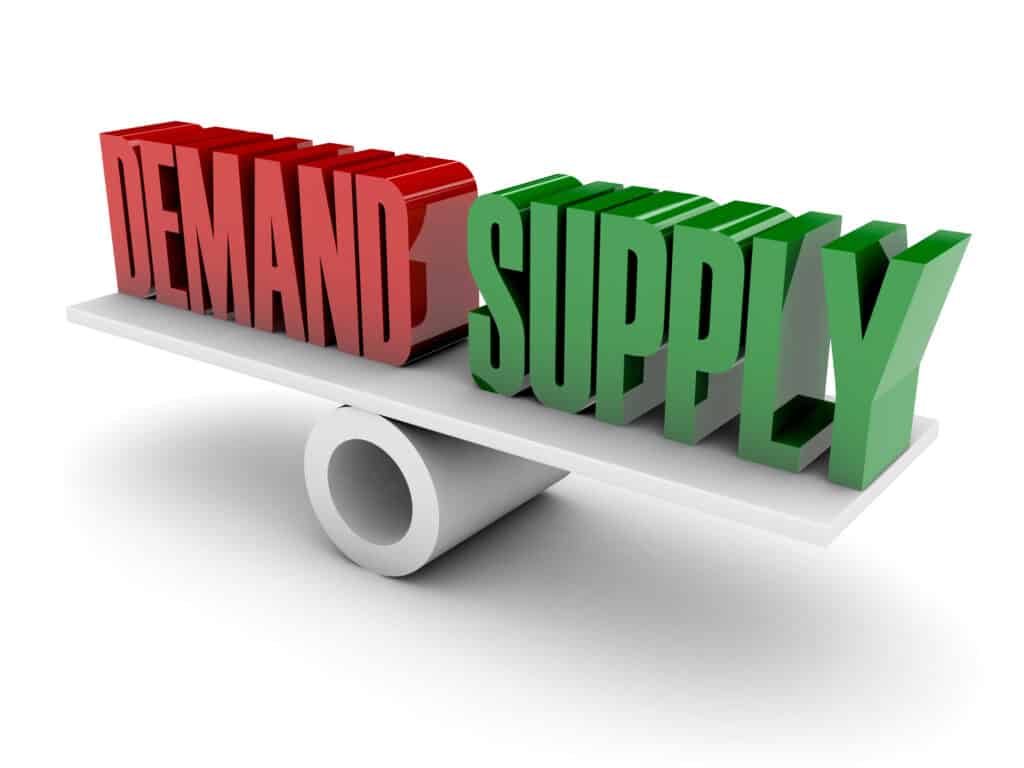
Supply and demand are at the heart of everything that is expensive.
When there’s an increase in supply but a decrease in demand, the costs will drop.
However, when there’s a decrease in supply and an increase in demand, the costs tend to skyrocket.
Whenever there’s less of something and the demand is high, those who have access to it will have the ability to charge more.
Those who want it will have no choice but to pay the price.
As the prices go up, it simply determines who is willing to pay.
Some people will pay the higher costs for the wool while others will choose to work with a different material.
It often comes down to understanding the rarity of wool and the quality.
Those who know that wool is a superior fabric will spend more for it – and as supply diminishes, the costs can continue to increase rapidly until the ceiling is established.
The ceiling may vary in different markets.
Wool itself may only add up to a few dollars per pound.
However, when it comes to purchasing name-brand wool sweaters, scarves, or other products, the prices can be thousands of dollars – and if people want it bad enough, they’ll spend the money.
3. The Cost To Process

The process to create yarn from wool is a lengthy one.
There are so many stages of the process, and each one can be expensive because of the products and labor involved.
The stages include:
- Shearing
- Grading and sorting
- Cleaning and scouring
- Carding
- Spinning
- Weaving
- Finishing
Many of these steps require expensive machinery as well as skilled labor to manage the process.
There are chemicals and cleaners that are involved with helping to clean and scour the wool – all of which comes at a cost.
The finishing process, too, is an expensive one because this when the fibers are interlocked and dyed.
Depending on the dye used, it can add to the final costs.
Further, there’s a significant amount of waste involved when wool isn’t processed properly.
This can have a direct impact on profits.
If thousands of pounds of wool are not processed in the necessary way, it can yield only a small amount of yarn – and that yarn will be considerably more expensive in order to compensate for the costs to create it.
While some costs can be recouped because of being able to reintroduce it, it’s often “reprocessed” and, therefore, worth less.
4. The Time To Process

There’s a significant amount of time involved in processing the fleece before it can be made into anything.
The various steps involved above are time-consuming.
The shearing process, for example, is only done once a year – typically in the spring.
Shearers can usually shear 100 or more sheep in a day.
However, the fleece has to be handled carefully to keep it all in one piece.
The grading and sorting process takes days while the cleaning and scouring process can take a week or more to clean, remove contaminants, and dry.
Carding, spinning, and weaving are often done on the same day, assuming that all of the equipment is working and is located under the same roof.
If processing stages are spread out, transportation has to be added, which can add weeks or months to the time it takes to procure wool.
Once the wool has been finished, months may have passed since the spring shearing.
Then, once all of the wool has been sheared, processed, and sold off, availability is limited until spring arrives once more.
The time to process isn’t like manmade products that are based on chemical reactions.
Wool is dependent on the sheep being able to regrow their fleece, which takes nearly a full year.
This has to be factored into the timely process, which drives up the cost.
5. Types Of Wool Result In Higher Pricing

Many people assume that all wool is the same.
Wool comes from sheep, right?
This is one of the most common misconceptions out there.
Only some wool comes from sheep.
The reality is that there is a full family of animals that produce wool – the Caprinae family.
The mammals known for producing wool include:
- Sheep
- Goats
- Alpacas
- Lamas
- Camels
- Oxen
- Rabbits
The mammal that’s being sheared for its wool will impact the cost of the wool.
The animals that are not as abundant in an area will result in higher pricing for their wool (such as alpacas).
Even different breeds within each mammal can result in higher pricing.
Merino sheep, for example, produce merino wool – and it’s considered one of the best types of wool, offering a soft material with high tensile strength.
It’s also important to understand that the fiber of wool is measured in microns.
The smaller the micron, the softer and finer the material will be.
The smaller micron wool is used for clothing while the larger microns are reserved for rugs and other textiles.
Many textiles use an S rating to determine softness.
There’s also something to know regarding the Wool Products Labeling Act, passed by U.S. Congress in 1941.
There are three legal definitions to define wool:
- Wool: This category of fiber represents all new wool, though it can be obtained from the scraps leftover from a process, too.
- Repossessed wool: This category of fiber is obtained from clips and scraps of woven and felted fabrics using unused wool.
- Reused wool: This category of fiber includes previously used wool, such as old clothing and rags that have been worn.
Check the tags.
You’ll pay more for wool than repossessed or reused wool for obvious reasons.
Oh, and then there’s virgin wool.
It’s rare and expensive, but some people swear by it.
“Virgin” wool is the first shearing that a lamb ever receives.
It’s the softest and finest that a sheep will ever produce in its lifetime.
Obviously, once a lamb has been sheared, it can no longer supply virgin wool.
6. It’s A Dying Art

There are just not as many farmers in the world as there were years and years ago.
Much of this has to do with the level of technology.
As farmers and shearers have had to adapt, they’ve had to invest money in the latest technology.
The processes are fancier, and some simply don’t want to adapt.
A professional shearer can do the whole sheep by hand.
However, many places are now investing in computerized tools that will delicately shear the sheep using robotic arms.
This equipment is expensive, but it also helps to keep the wool all in one piece.
It can result in higher-grade wool, too.
Centuries ago, sheep farmers would pass their knowledge from one generation to another.
As the world has become more global, people are no longer confined to their ancestral homes.
They discover new opportunities and leave the farms.
As farmers move on to do other things, there are just fewer sheep being bred – and less wool being sheared.
Although there are over a billion sheep in the world, they’re not as spread around the world as they once were.
China has more sheep than any other country combined.
7. Branding Drives Up The Price

Brands maintain a certain reputation.
Some brands are worth more because of that reputation – earned due to quality, marketing, and more.
If you’re buying fully processed wool in the form of yarn, there’s likely not to be too many different price points with brands.
However, once the yarn has been used to create a final product – a rug, a sweater, or something else, the brands will have a direct impact on cost.
Trendy wool products from high-end brands can be a considerable expense.
The way in which the wool is processed, offering certain benefits, can also help with the brand’s reputation.
When a brand can offer that the wool is soft, stays warm when wet, and more, it becomes more desirable.
Some brands will focus on targeting the travel market while others will focus on the outdoor market.
As brands focus on a specific market, they’ll raise their prices because of understanding who they are selling to.
Lower brands will use wool, too.
The cost will be lower, but the grade will likely be lower, too.
Often, it comes down to the brand understanding their buyers.
Those who can charge hundreds or thousands for wool products will do so.
Those who know they cannot charge as much will offer wool, but with a caveat – either it will be a lower grade or it will be woven with one or more other materials, too.
While you may have brand loyalty, it’s important to know what it is that you’re buying.
Are you buying solely for the brand or are you buying because of the cost? Read the labels to ensure you’re getting your money’s worth.
8. Changes In Consumer Habits

As consumer habits change, prices change accordingly.
Wool has gone up in price in recent years because people have been told about the benefits of wool.
Suddenly, people are learning that it can be a highly desirable material.
Patagonia, an outerwear brand, has been promoting wool due to its moisture-wicking properties and breathability.
They’ve shown how merino wool can be a great product when looking to stay warm while participating in outdoor activities.
As consumers look to invest in higher-end products for their outdoor activities, wool is becoming more sought after.
Even as more people decide to get crafty, they’re seeking out higher-quality yarn.
Considering that wool is sustainably produced, it’s leading crafters to explore their options.
Some are seeking breed-specific wools.
Some are even working directly with producers to ensure they’re aware of every stage of the process.
Current consumer habits focus on sustainability and organic products.
People are willing to spend more money to have products that are sustainable.
The prices of wool can be higher because they’re supported in today’s market.
Should a sudden shift occur where people want to focus on cheaper fabrics and embracing synthetics, it would likely be that the costs of wool would drop.
Why?
People wouldn’t see the cost benefit any longer.
9. Increases In Tariffs And Taxation

Not all wool is sheared or processed in the same place.
This means that it’s critical to look at the imports and exports involved to get the wool from where it is sheared to where it is processed to where it is eventually sold.
For example, a sheep may be sheared in Scotland.
The shorn wool is, then, shipped to China where it is processed, carded, and combed.
After that, it is sent to a manufacturer in the U.S. that will turn it into a sweater that is purchased at the mall.
There may be a significant number of tariffs and taxation along the way – and each country establishes these.
Often, politics are at play that can drive the cost of tariffs up. In the United States, there are high tariffs on products coming from China.
The goal is to ensure that consumers are more likely to purchase domestically than to have to rely on imports from China.
Textiles are currently in the top tier of tariffs between the U.S. and China – and that means 25%.
Essentially, it means that anything wool just became 25% more expensive because of these tariffs.
No one is going to pay these extra costs without passing them down to the consumer.
10. Competitiveness With Other Fabrics

There are more fabrics on the market than ever before.
The production of wool cloth dates back to before Roman Times.
No one needs to be convinced that wool is worth the money.
However, there are now more materials being used.
Cotton, synthetic fibers, and more are being used.
It has led to many sheep farmers giving up the trade.
They have decided to turn their focus to other ways of making money.
As they have done this, people have learned to turn to those other fabrics.
Now, with wool being less common than it was years ago, brands are turning to it as the more luxurious material.
It’s being used in furniture, in shoes, and other ways that it’s never been used before.
It’s a way for brands to advertise not only luxury but also exclusivity.
Does that mean that there will suddenly be more sheep farmers again? Unlikely.
There’s a significant cost involved with maintaining sheep – and that includes the land that the sheep need to live on.
How to Save Money on Wool

Although wool can be expensive, especially as you get into the higher grades, there are options to help you save money.
Understand what it is that you’re buying and for what purpose so that you can be smarter about your purchases.
If you don’t want itchy wool, you’ll have to spend the money on the higher grades.
Some brands may be more affordable than others.
Shop around and look for sales.
Once wool has been dyed and processed, it can be used in a variety of ways.
You may have luck finding better prices by choosing wool in a less popular dye color.
Further, you can save by buying repossessed or reused wool.
This “recycled” wool can end up saving you quite a bit in comparison to buying new.
NEXT: Why Is Motor Oil So Expensive? (Top 5 Reasons)


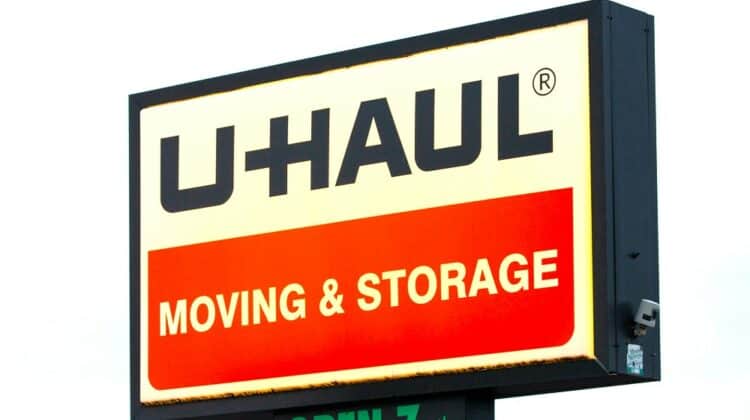
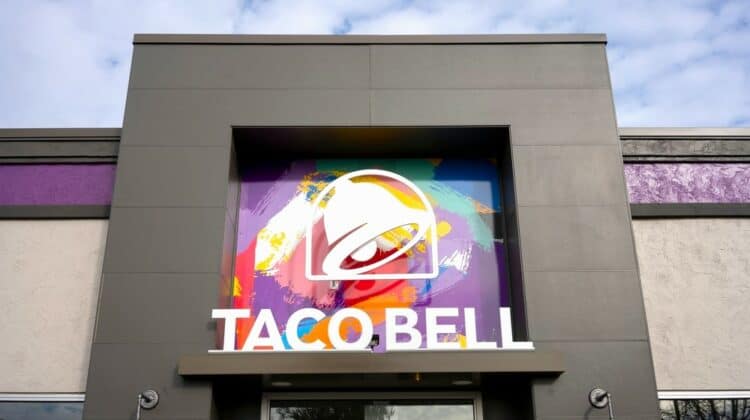

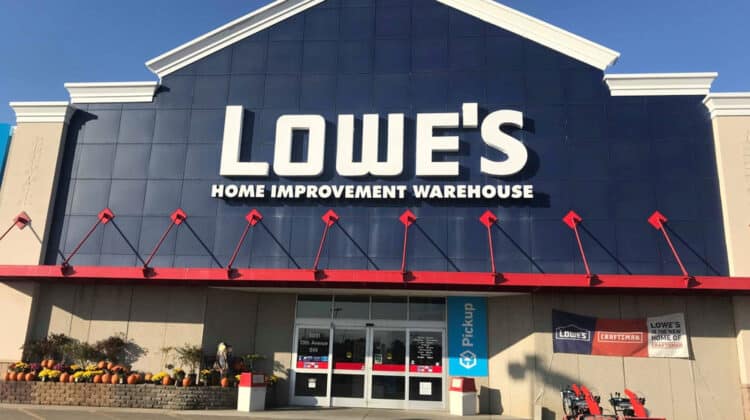


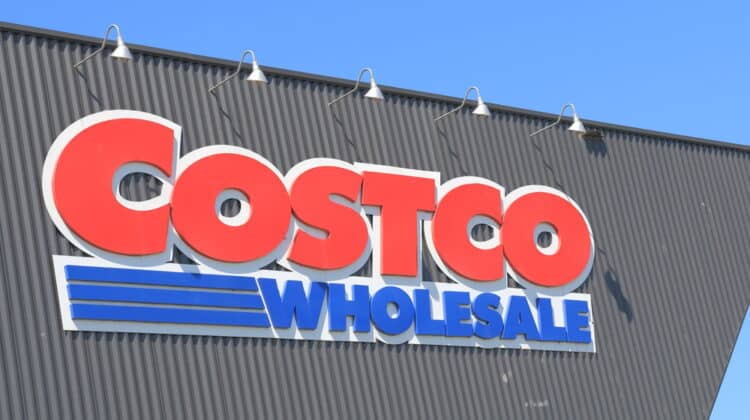
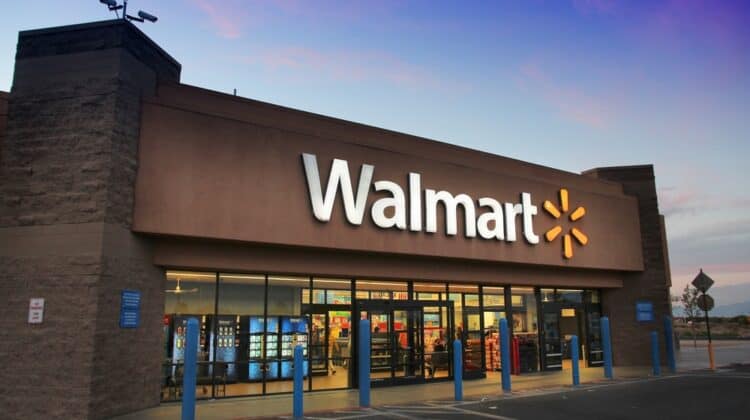
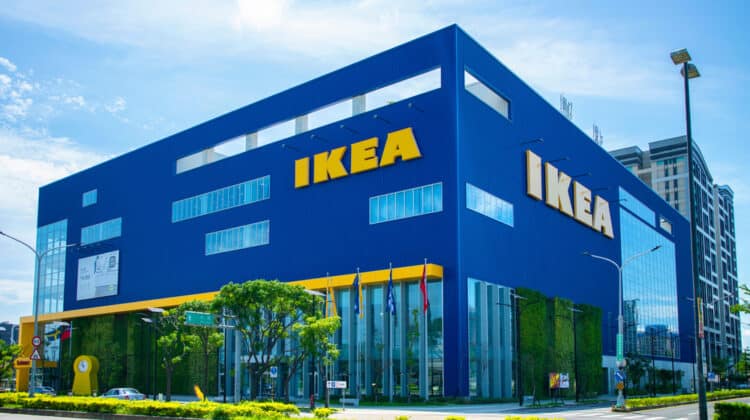
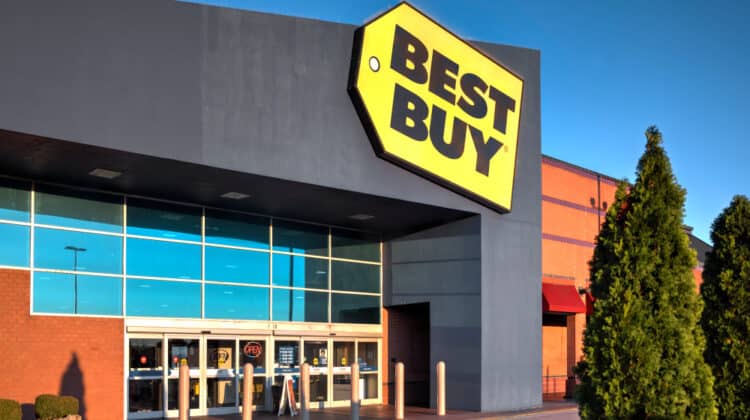

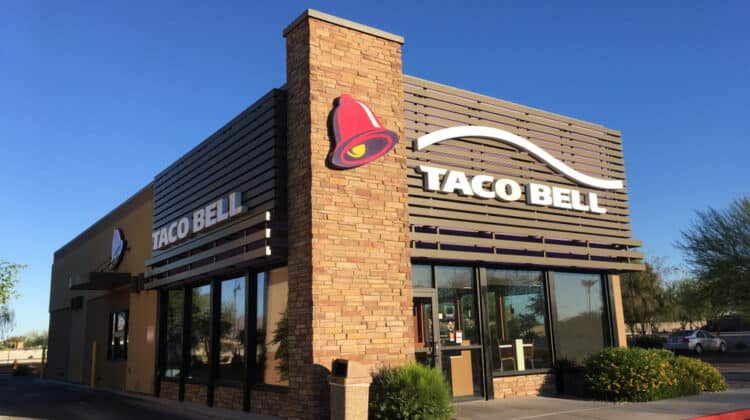
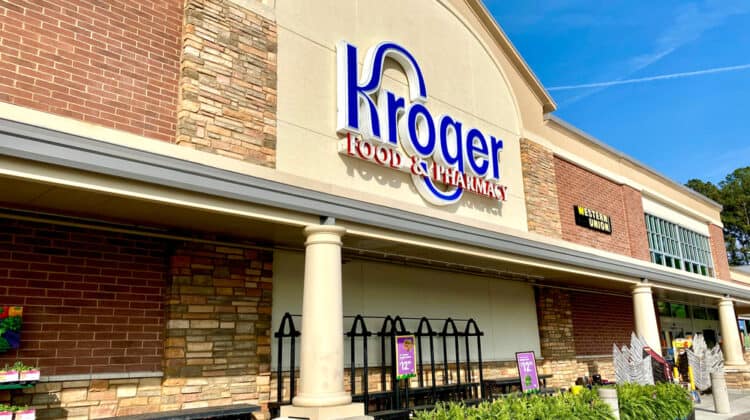
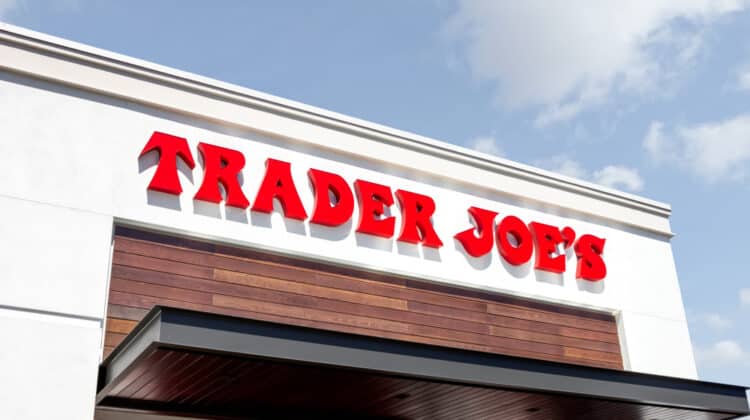
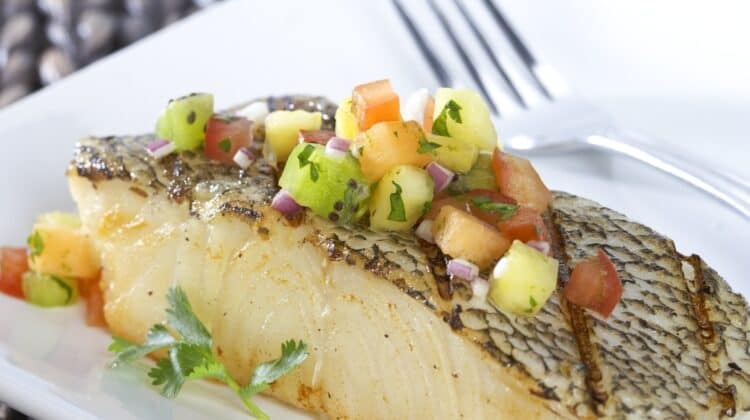
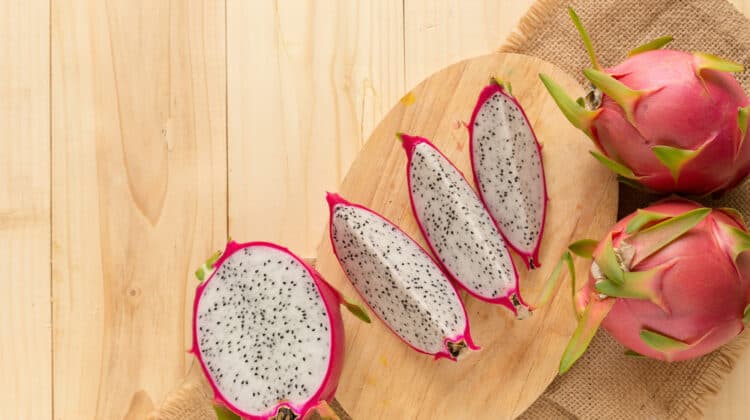



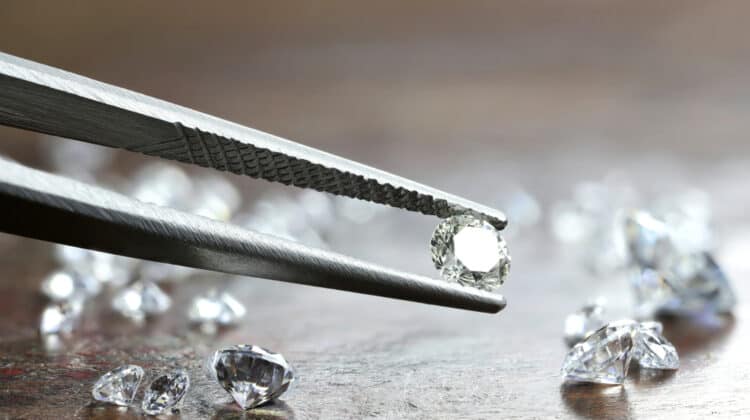
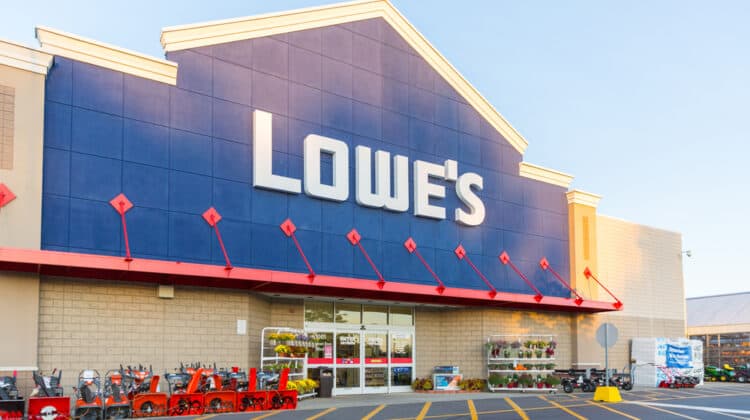


I had no idea that wool is highly sought after. I figured that wool was a common material. So this helps me plan for future gifts.